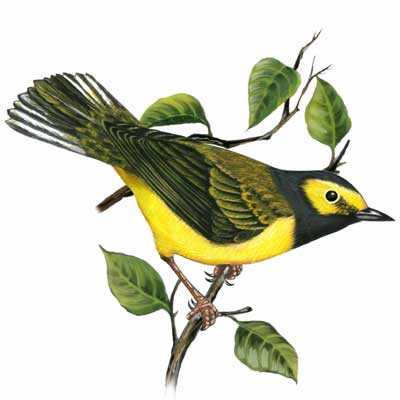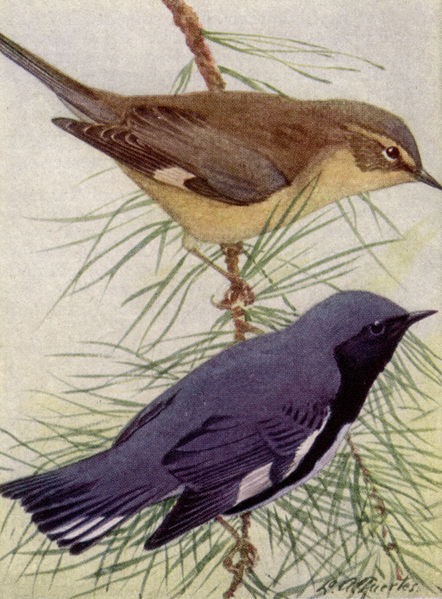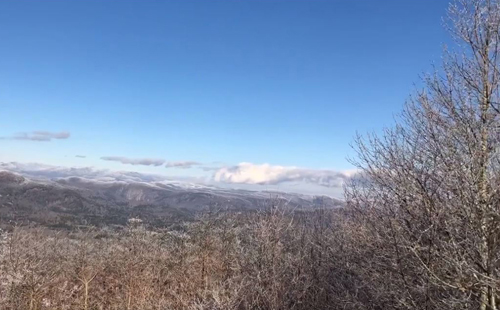The Highlands Important Bird Areas Project (IBA)
The Highlands Plateau Audubon Society, in conjunction with Audubon North Carolina, is undertaking a long-term project to monitor bird populations on the Highlands Plateau. The Highlands Important Bird Areas project (IBA) will add to the knowledge and understanding of species occurring in the Highlands plateau.
The Highlands area is especially important for birds and for their conservation. It supports a unique diversity and abundance “The Highlands Plateau Important Bird Area Project” of migratory birds and is one of North Carolina’s most important sites for species such as the Blackburnian Warbler, Golden-crowned Kinglet and Rose-breasted Grosbeak. The endangered Peregrine Falcon was re-introduced to the area and falcons are now nesting on the cliffs of Whiteside Mountain. Studies of birds and their habitats have been conducted at the Highlands Biological Station since the 1880’s.
Rapid residential, recreational and business growth is encroaching on many natural areas on the Highlands Plateau and surrounding areas, resulting in loss of habitat and fragmentation of the forests. In addition, air pollution, run-off and sedimentation of waterways are of increasing concern. Bird surveys will be important in understanding how these changes impact birds, especially the ones that are highly dependent on the forests, mountains and streams around Highlands.
The initial Highlands IBA survey sites are located in the Nantahala National Forests along Rich Gap Road and in the Flat Mountain area. Additional sites will be added in the future so as to obtain a more representative view of the overall Highlands plateau. Members of Highlands Plateau Audubon will visit IBA sites several times during each spring breeding season, during bird migrations and during winter. “Point counts” will be carried out in a standardized manner to determine bird species and their frequency. In addition, presence/absence data, similar to that collected during recreational bird-watching will also be used. Comparison of Highlands’ data with other areas within the state will provide information about the overall abundance of specific birds over time and will help evaluate efforts being made to preserve bird populations. It will also provide insight into how birds respond to changes in their habitats on the Highlands plateau.
There will be opportunities for anyone interested in birds to participate in the Highlands Plateau IBA activities. Experienced birders who are familiar with the standardized methodology will be needed to carryout the “point counts.” Anyone who keeps checklists and who will be birding in the IBA’s can contribute to the presence/absence data. Simply write down the birds you see or hear along with some indication of their abundance. Specific terminology and other information will be available on The Highlands Plateau Audubon Society website, www.main.nc.us/nas-hpc. In the future, we would like to add other IBA’s in the Highlands area. These can be a backyard, a feeding station, etc. Those wishing to participate in any of the IBA activities or anyone interested in more information about the Highlands Plateau Audubon Society should contact Brock Hutchins, 828-787-1387
Black-throated Blue Warbler
Highlands Plateau:
The July Important Bird Area of the Month
The mission of the Highlands Plateau Audubon Society is to provide opportunities to enjoy and learn about birds and other wildlife and to promote conservation and restoration of the habitats that support them.
Serving Highlands, Cashiers, Franklin
and Scaly Mountain
in Western North Carolina
Serving Highlands, Cashiers, Franklin
and Scaly Mountain
in Western North Carolina
Serving Highlands, Cashiers, Franklin
and Scaly Mountain
in Western North Carolina




